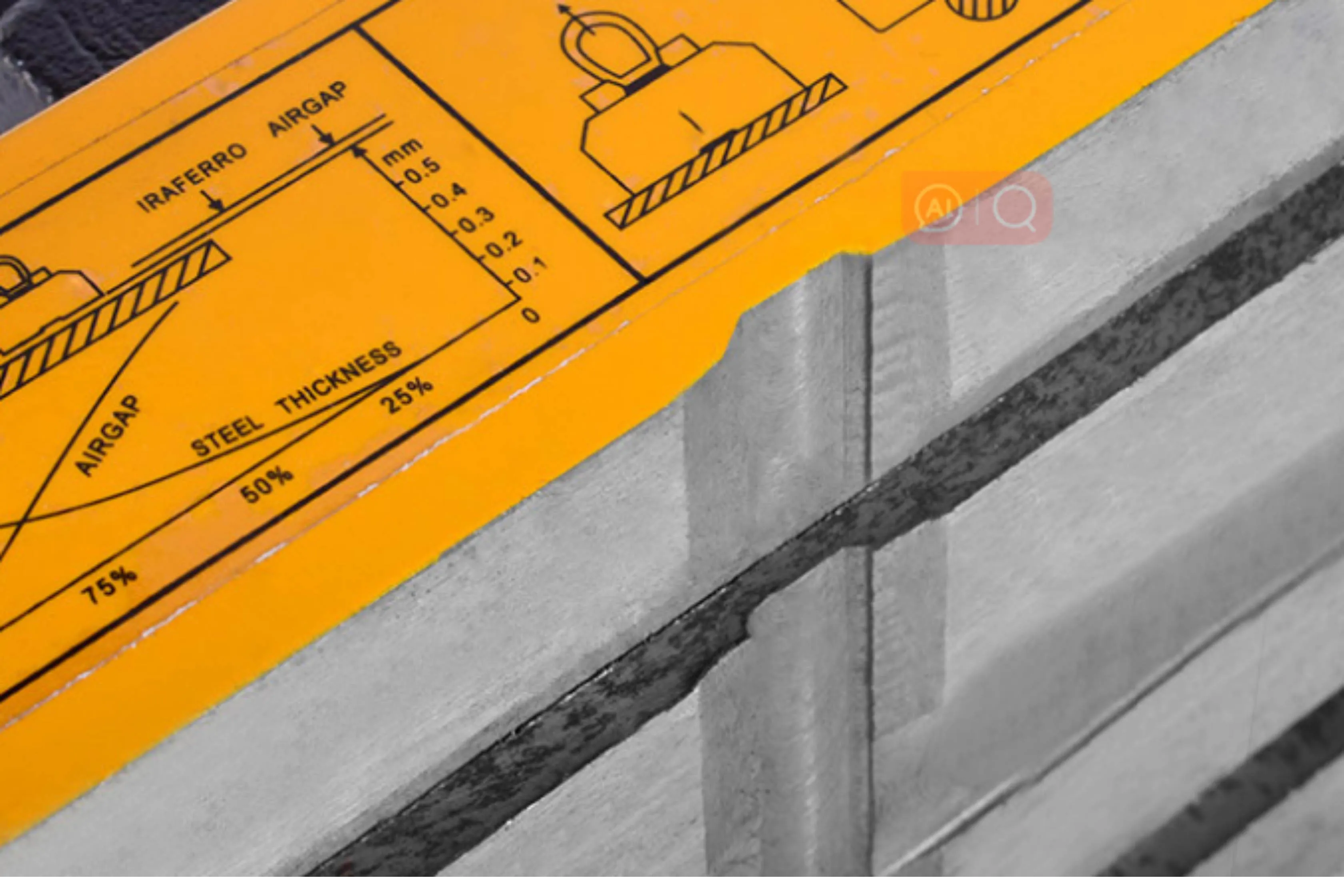Innovative Magnetic Lifting Technologies Enhancing Efficiency and Safety in Various Industries Today
Magnetic Lifting Systems Revolutionizing Material Handling
In today’s fast-paced industrial environment, efficient material handling solutions are crucial for maximizing productivity and minimizing operational costs. One of the most innovative advancements in this area is the use of magnetic lifting systems. These systems utilize the principles of magnetism to lift and move ferromagnetic materials, providing a versatile, safe, and efficient means of handling heavy loads.
Magnetic lifting systems operate using powerful magnets that can securely hold onto metal objects without requiring any additional fixtures or straps. This approach eliminates the need for traditional lifting equipment like chains and hooks, significantly reducing the risk of accidents and injuries in the workplace. Magnetic lifts are particularly beneficial in sectors such as manufacturing, construction, and shipping, where heavy metal components are routinely handled.
One of the primary advantages of magnetic lifting systems is their ability to streamline operations. Traditional lifting methods can be time-consuming, often involving multiple steps to secure and release loads. In contrast, magnetic systems allow for quick attachment and detachment of materials, enabling operators to move items rapidly and efficiently. This speed not only enhances productivity but also reduces the physical strain on workers, contributing to a safer workplace.
magnetic lifting systems

Furthermore, magnetic lifting systems are highly adaptable. They come in various shapes and sizes, including portable units that can be easily moved around the workspace. These systems can be used to lift a wide range of materials, from steel plates and pipes to automotive parts and large machinery components. The flexibility of these systems makes them an ideal choice for industries with diverse material handling needs.
Safety is paramount in any industrial setting, and magnetic lifting systems excel in this area. Unlike traditional lifting methods that rely on mechanical components that can wear out or fail, magnetic systems have fewer moving parts, which translates to reduced maintenance and potential breakdowns. Additionally, the magnets used in these systems possess a strong holding force, ensuring that loads remain securely attached during movement. This reliability helps to mitigate the risks associated with dropped loads, protecting both workers and equipment.
The technological advancements in magnetic lifting systems have led to the development of even more sophisticated models equipped with sensors and automation features. Some modern systems can be integrated with robotic arms, making it possible for automated processes to take over heavy lifting tasks. This integration not only further minimizes the risk of human error but also allows for 24/7 operation, significantly increasing efficiency.
In conclusion, magnetic lifting systems represent a significant advancement in material handling technology. They offer substantial benefits over traditional lifting methods, including enhanced safety, increased efficiency, and greater versatility. As industries continue to evolve and seek ways to improve productivity while ensuring worker safety, the adoption of magnetic lifting systems is likely to grow. By leveraging the power of magnetism, businesses can optimize their operations and position themselves for success in an increasingly competitive marketplace. As technology continues to advance, the future of magnetic lifting systems looks promising, paving the way for innovative solutions to meet the challenges of modern industry.
-
the-power-of-trolley-cargo-and-machinery-moving-solutionsNewsAug.22,2025
-
exploring-magnetic-lifting-devices-for-efficient-steel-plate-handlingNewsAug.22,2025
-
the-essential-guide-toportal-craneNewsAug.22,2025
-
enhancing-efficiency-in-permanent-magnetic-liftersNewsAug.22,2025
-
heavy-duty-machinery-movers-and-material-handling-solutionsNewsAug.22,2025
-
the-comprehensive-guide-to-adjustable-gantry-cranesNewsAug.22,2025
-
The Ultimate Guide to Heavy Machinery Moving EquipmentNewsAug.04,2025
